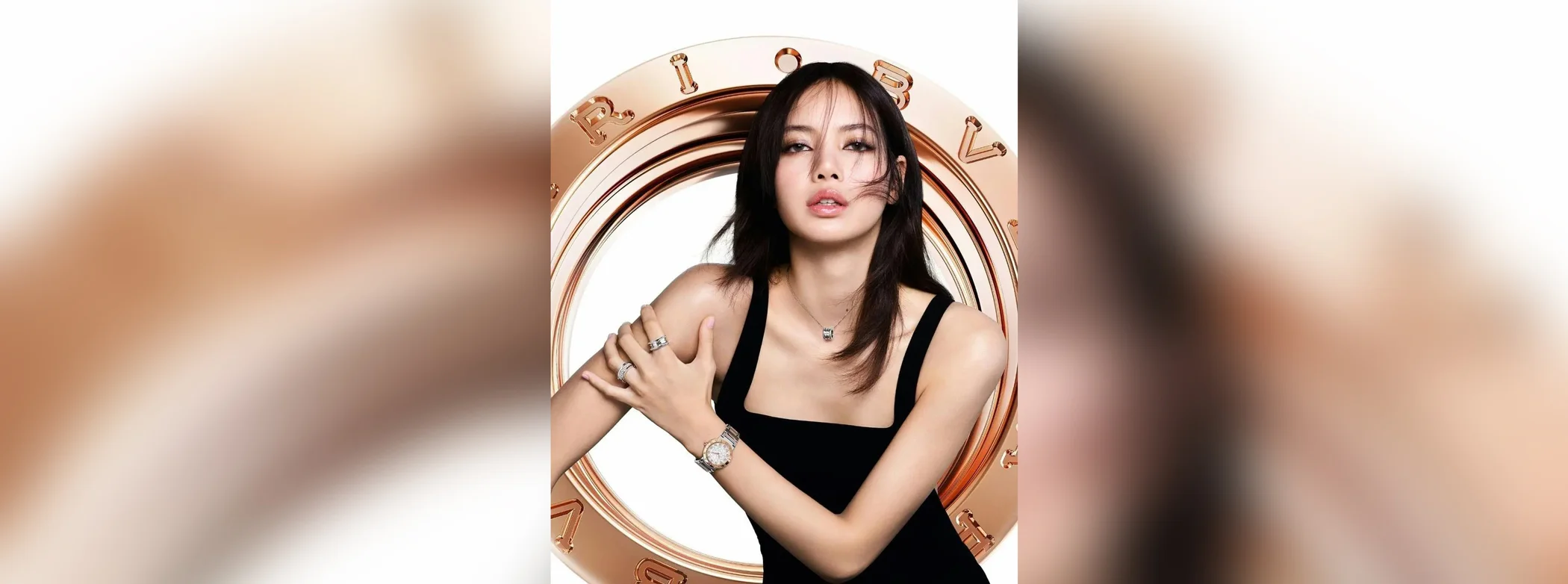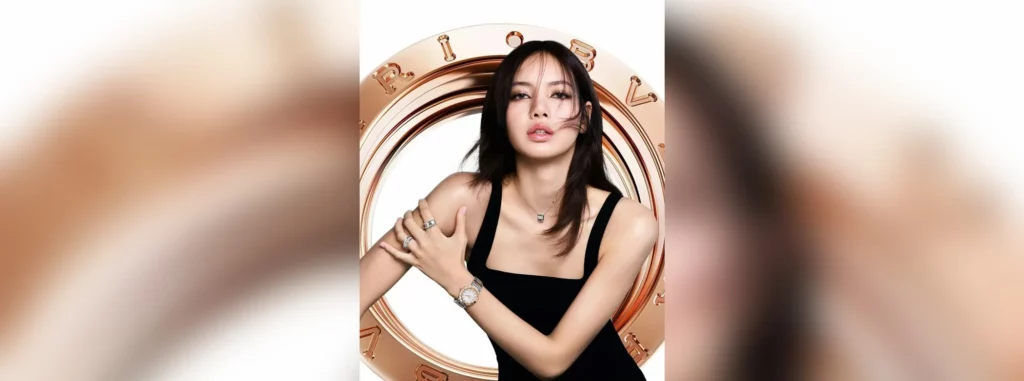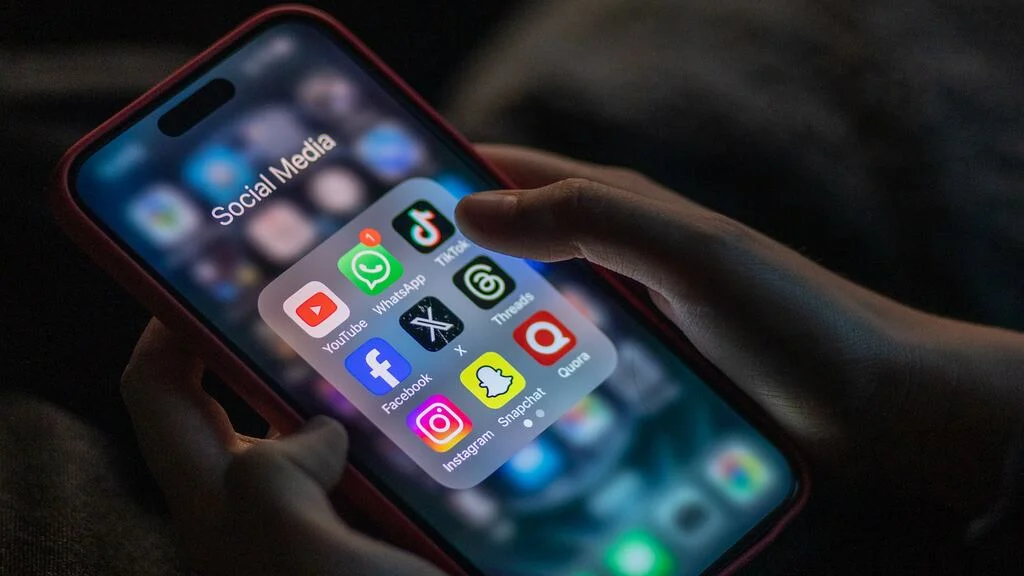This post is also available in: FR
In a world where trust in traditional brands is declining, brand ambassadors have become an essential tool for reaching and convincing consumers.
Whether nano, micro, or macro-ambassadors, each has its advantages and disadvantages. But how do you choose the right ambassador for your brand? This article explores the differences between these profiles, selection criteria, and strategies to maximise the impact of your ambassadors.
The different types of ambassadors
- Nano-Ambassadors: fewer than 10,000 followers. They have a smaller audience but one that is highly engaged and close-knit. Ideal for local or niche campaigns. For example, a nano-ambassador could be a loyal customer who regularly shares their experience with your brand. Their smaller audience allows for more personalised and authentic interaction.
- Micro-Ambassadors: between 10,000 and 100,000 followers. They offer a good balance between engagement and reach. These ambassadors are often perceived as more authentic than macro-influencers. They are ideal for targeted campaigns and medium-term collaborations.
- Macro-Ambassadors: more than 100,000 followers. They have a wide reach but sometimes weaker engagement. They are ideal for large-scale campaigns or product launches. However, their cost can be high, and their audience may be less engaged.
Selection criteria
To choose the right ambassador, consider the following criteria:
- Alignment with your values: the ambassador should embody your brand’s values. For example, if you’re an eco-friendly brand, choose an ambassador committed to environmental protection. This consistency strengthens the credibility of your message.
- Audience engagement: a high engagement rate is often more important than the number of followers. Check comments, likes, and shares to assess engagement. An ambassador with 50,000 followers and a 10% engagement rate is often more effective than one with 500,000 followers and a 1% engagement rate.
- Authenticity: ambassadors perceived as authentic and credible have a greater impact. Avoid partnerships that seem overly commercial or forced. Modern audiences are highly sensitive to authenticity and reject content that appears artificial.
The benefits of each type
- Nano-Ambassadors: low cost, high engagement, and close connection with the audience. They are perfect for local or niche campaigns. Their smaller audience allows for more personalised and authentic interaction. For example, an artisanal brand could collaborate with nano-ambassadors to reach a local community.
- Micro-Ambassadors: moderate reach but strong engagement, ideal for targeted campaigns. They offer a good return on investment. For example, a sportswear brand could collaborate with micro-ambassadors to promote a new clothing line.
- Macro-Ambassadors: maximum visibility, perfect for product launches or mass-market campaigns. However, their cost can be high. For example, a cosmetics brand could collaborate with a celebrity to launch a new product.
How to maximise the impact of your Ambassadors?
- Long-term collaborations: prioritise long-term partnerships over one-off collaborations. This helps build credibility and consistency. For example, a fashion brand could collaborate with an ambassador over multiple seasons to create a strong association.
- Authentic content: allow your ambassadors to create content that reflects their style and voice. Overly scripted content can appear unnatural. For example, an ambassador could share their personal experience with your product in a spontaneous video.
- Tracking and analysis: measure the results of your campaigns to adjust your strategy. Use tracking tools to assess the impact on sales, brand awareness, and engagement. For example, use promo codes or tracking links to measure conversions generated by each ambassador.
Examples of successful campaigns
- Nano-Ambassadors: a local coffee brand collaborated with loyal customers to share their relaxing moments with the product. Organic posts generated high engagement and additional sales. The nano-ambassadors shared photos of their mornings with the coffee, creating a sense of community.
- Micro-Ambassadors: a sportswear brand worked with amateur athletes to promote its clothing. The ambassadors shared their workouts and progress, inspiring their community. The micro-ambassadors organised fitness challenges, encouraging their followers to participate.
- Macro-Ambassadors: a cosmetics brand launched a new product in collaboration with a celebrity. The campaign generated massive visibility and record sales. The celebrity shared makeup tutorials using the product, reaching millions of followers.
Conclusion
Choosing the right brand ambassador is a strategic decision that can significantly impact your brand image and sales. By understanding the differences between nano, micro, and macro-ambassadors, and selecting profiles aligned with your values, you can maximise the impact of your campaigns.
Remember, authenticity and engagement are the keys to success. A well-thought-out collaboration can transform an ambassador into a true ally for your brand, strengthening your reputation and relationship with your audience.





